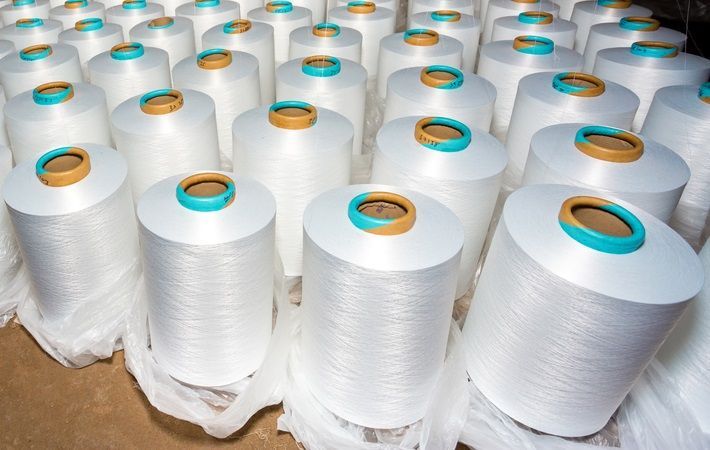
Up until now, the GST levied on MMF, MMF Yarn and MMF Fabrics were 18 per cent, 12 per cent and 5 per cent, respectively. The taxation of inputs at higher rates than finished products created build-up of credits and cascading costs. It further led to accumulation of taxes at various stages of MMF value chain and blockage of crucial working capital for the industry.
Though there is a provision in the GST law to claim unutilised Input Tax Credit (ITC) as a refund, there were other complications and it resulted in more compliance burden. The inverted tax structure caused effective increase in rate of taxation of the sector. The world textiles trade has been moving towards MMF but India was not able to take advantage of the trend as its MMF segment was throttled by inverted tax regime, the ministry of textiles said in a press release.
The uniform rate of 12 per cent is likely to contribute positively to the growth of the sector by helping save a lot of working capital and reducing the compliance burden of the industry players. It will be helpful in resolving the ITC residues that accumulated due to the inverted tax structure earlier.
Additionally, the uniformity in the GST rates on job work related to dying and printing services will benefit the industry to absorb and recover unutilised ITC. As a significant percentage of MMF products (output) is expected to be exported, it will lend a better scope for encashing the untilised ITC. Also, since tax on input will get refunded, on output (export) which will be zero rated, it would not add to cost and make exports competitive.
The uniform rate will also help the industry with huge portion of piled up opening ITC by enabling them to encash the same progressively.
“Differential rates for garments create problems in compliance of tax regime. MMF garments cannot be identified easily and cannot be taxed differently, hence there is a need for uniform rate. Uniform rate makes it simple and since there is so much high potential of value addition in garment segment, the increase in rate is likely to be absorbed in value addition. It will provide clarity to the industry and settle, once and for all, the issues caused by inverted tax structure,” the ministry said in the release.
Fibre2Fashion News Desk (KD)